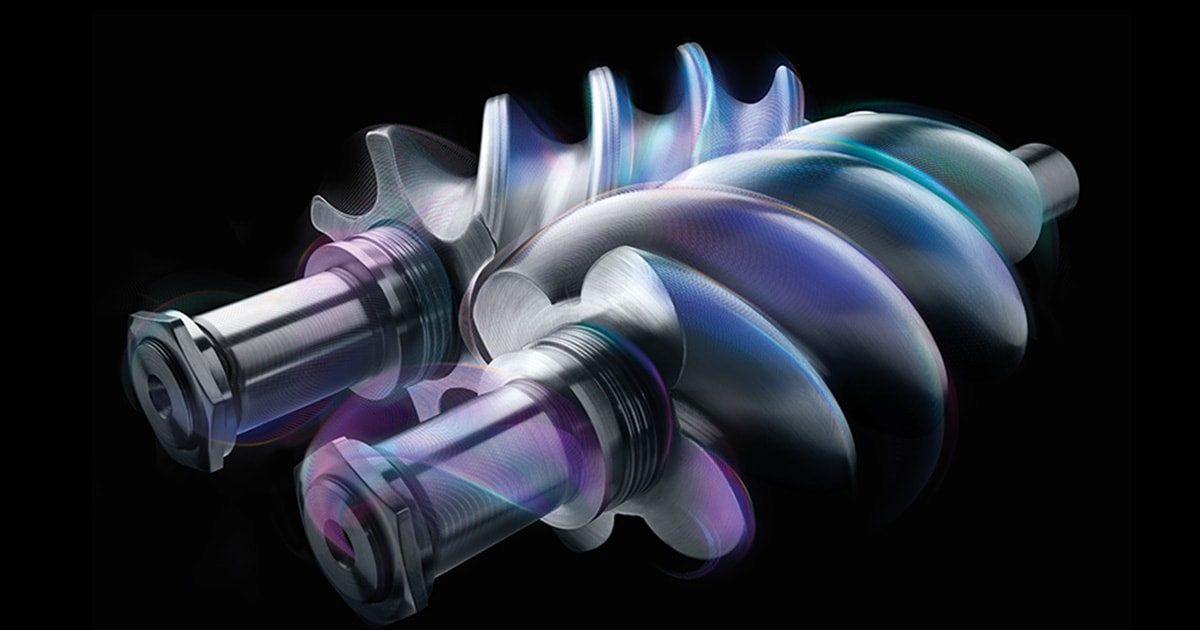Install the app
How to install the app on iOS
Follow along with the video below to see how to install our site as a web app on your home screen.
Notatka: This feature may not be available in some browsers.
-
Cytatów używajcie tylko jeżeli jest to potrzebne! Jeżeli chcecie komuś odpisać używajcie @ z nazwą użytkownika.
You are using an out of date browser. It may not display this or other websites correctly.
You should upgrade or use an alternative browser.
You should upgrade or use an alternative browser.
Informacje na temat estrow oraz ogolna wiedza - Na pytania odpowie Thomas Schaefer (TomNJ)
D
Deleted member 925788
Gość
My mistake. I mean UOA.
I judge oils by their industry and OEM certifications and the relevance of those certifications to my engine, environment, and driving style. While there may be relatively small performance differences among oils having all of the same certifications and meeting all of the same specifications, it takes engine tests to see them.
UOAs only see wear metals in a certain particle size range, so thinking an oil showing 10 ppm of iron is "better" than one showing 20 ppm iron is not scientific, and does not address other outside factors such as abrasive dirt from a bad air filter. UOAs are intended for monitoring an engine over time to catch large changes that may require further investigation or maintenance. For example, if an engine has been showing 10 ppm of iron over the past few UOAs and suddenly jumps to 50 ppm, or bearing metals suddenly rise together, investigation is indicated. UOAs are a maintenance tool, not an oil comparison tool. If an oil consistently shows very high wear metals over time then it likely does not meet the certifications or other non-oil factors are at play.
UAOs also show organometallic additive metals, but again that is just part of the story as organic additives do not show. We cannot judge the total formulation by peeking at a few of the additives. What is important is how the oil actually performs in the real world, and that is what carefully controlled engine and fleet tests endeavor to measure, and certifications endeavor to confirm. If UOAs told the whole story we would not need expensive engine tests.
We as "oil-heads" have a desire to always seek the best even if we don't need it, and so we grasp at any clues that we think show a difference and try to interpret that difference. No harm there, that is why oil forums exist, just understand that our tools are limited and therefore so are our conclusions.
UOAs only see wear metals in a certain particle size range, so thinking an oil showing 10 ppm of iron is "better" than one showing 20 ppm iron is not scientific, and does not address other outside factors such as abrasive dirt from a bad air filter. UOAs are intended for monitoring an engine over time to catch large changes that may require further investigation or maintenance. For example, if an engine has been showing 10 ppm of iron over the past few UOAs and suddenly jumps to 50 ppm, or bearing metals suddenly rise together, investigation is indicated. UOAs are a maintenance tool, not an oil comparison tool. If an oil consistently shows very high wear metals over time then it likely does not meet the certifications or other non-oil factors are at play.
UAOs also show organometallic additive metals, but again that is just part of the story as organic additives do not show. We cannot judge the total formulation by peeking at a few of the additives. What is important is how the oil actually performs in the real world, and that is what carefully controlled engine and fleet tests endeavor to measure, and certifications endeavor to confirm. If UOAs told the whole story we would not need expensive engine tests.
We as "oil-heads" have a desire to always seek the best even if we don't need it, and so we grasp at any clues that we think show a difference and try to interpret that difference. No harm there, that is why oil forums exist, just understand that our tools are limited and therefore so are our conclusions.
D
Deleted member 925788
Gość
Do you know the type of ester that would work synergistically with ZnDTP?
D
Deleted member 925788
Gość
Do you have any experience with this chemical?

 www.exxonmobilchemical.com
www.exxonmobilchemical.com

Alkylated naphthalene | ExxonMobil Product Solutions
Synesstic™ AN is a synthetic base stock for step-out hydrolytic and thermo-oxidative stability. As a blend component with PAO or mineral oils, Synesstic AN can extend the performance of your lubricant.
D
Deleted member 925788
Gość
What do you think about the 4-ball test? Does it have any more significance for engine oils? Is it mainly in gearboxes?
The 4-Ball test is great for developing oils for the 4-Ball tester.  It measures wear of steel balls on steel balls at a specific temperature, load, and speed, none of which exists in a car engine. It is not included in any industry or OEM specifications for motor oils.
It measures wear of steel balls on steel balls at a specific temperature, load, and speed, none of which exists in a car engine. It is not included in any industry or OEM specifications for motor oils.
D
Deleted member 925788
Gość
Is it when creating an unofficial recipe, e.g. based on PAOs. Because the vast majority is currently based on VHVI. Do I need to run engine tests? Are various types of laboratory tests sufficient?
Is it when creating an unofficial recipe, eg based on PAOs. Because the vast majority is currently based on VHVI. Do I need to run engine tests? Are various types of laboratory tests sufficient?
Depends on what claims you wish to make. If you wish to claim it meets industry specifications, then you should run and pass those specification tests. Your additive supplier should be able to advise you on what claims are valid based on the formulation. Most important is to be honest with your customers.
If you are just blending for your own use, then you absorb the risk. Substituting PAO for Group III is probably a low risk but watch out for additive solubility.
D
Deleted member 925788
Gość
And if I add ≤ 10% TMP to this, it won't be too much competition for the other polar components?
D
Deleted member 925788
Gość
Of course, oil without approvals. So in your opinion it is not fair to sell the oil on an unusual formulation and describing that it meets the requirements of BMW, MB, etc. ? Without conducting engine tests.
Yes, in my opinion if you claim an oil meets the requirements of an industry or OEM specification, then the formulation should have been tested against that specification and passed all of the tests. The exception would be if you use a certified additive package, make minor changes, and the additive supplier, with their expertise and experience, agrees that the minor changes would still pass the specification. Still I'm sure the specification keeper would not agree.
D
Deleted member 925788
Gość
@TomNJ What is the durability of engine oil in your opinion? We commissioned the 1998 oil VOA. Unreservedly. In my opinion, if the oil is properly stored, it does not have large temperature fluctuations, it has no access to oxygen, etc. It can stay for a long time, especially since the AOs (phenolic) delays aging. Are there any other chemicals that can break down?
Podziel się:
